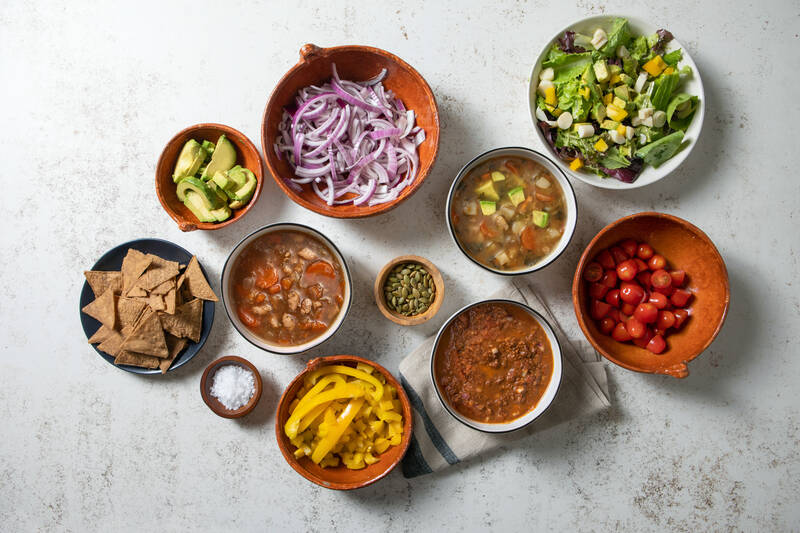How to Increase Satiety (and Nutrient Density) in Your Meals
We all want to enjoy delicious, nourishing, and satisfying meals – there's nothing worse than making and eating a tasty dish only to feel hungry (or hangry) an hour or so later. Here are a few key ways you can tweak your favorite meals to ensure you're getting the nutrition and the satisfaction you're after.

Add More Protein:
Protein is crucial for muscle maintenance and body function. Protein — especially complete protein from animal-based sources — is also the most satiating macronutrient, so adding a generous portion with your meal will ensure you're both nourished and satisfied. It's so satiating, in fact, that it's difficult to overeat.
Research indicates that modestly increasing the amounts of protein in a diet while controlling overall calorie intake may improve body composition, facilitate fat loss, and improve energy. If you find yourself unsatisfied after your meal, consider adding an ounce or two more protein, and when you plan your meals, think about building a dish around a healthy source of protein like fish, seafood, game meat, poultry, eggs (or maybe our hearty Beef Chili) and adding healthy fats, vegetables, and other carb sources as desired.
Add More Fat:
The myth about fat leading to fat gain is dead: healthy fats from whole foods sources like avocado, fatty fish, and olive oil are not only beneficial to our health, but they up the satiety factor of our meals significantly. Higher-fat foods taste and feel indulgent, and in the past we've associated that satisfaction with unhealthy foods, but that's not necessarily true. Adding fat to your healthy meals makes them more satisfying and can help you digest more nutrients from your food; many vitamins and minerals are fat soluble, meaning they are best absorbed in the presence of fat. For this reason, it's a great idea to add healthy fats like butter or olive oil to your vegetables! True Primal Roasted Chicken and Tuscan-Style Chicken soups are made using the whole bird (including both dark and white meat from pastured chickens, with skin), which results in a richer flavor and a higher natural fat content than some other chicken soups. Removing fat from foods also removes a lot of flavor and nutrition, so we leave it in!
Slow Down and Enjoy It:

Many of us eat too many meals in a distracted state: whether we're eating at our desk at work, scrolling our phones, or simply focused on feeding our family, what we often aren't doing is sitting down and paying attention to the meal in front of us. When we rush through our meals, our brains don't have the opportunity to register that we're satisfied, which can lead to eating past satiety. Alternatively, taking time to look at, smell, and chew our food promotes optimal digestion, satiety, and enjoyment of what we're eating.
While it's understandable – we're all busy and distractions are more prevalent than ever — the reality is that eating while distracted can create a host of negative consequences, from overeating to poor digestion and, at the very least, a missed opportunity to be truly present and enjoy one of life's great pleasures: good food, shared with family or friends.
Do you have any other tips for increasing satiety in your meals? Let us know!
Want to learn more about our nutritious and satisfying soups?